
想让你追我。
Operation Purple 01 | Why isn't the flag purple?
meaning of purple
As of 2019, there are 233 countries and regions in the world, of which 195 are sovereign countries and 38 are regions.
The "national flag" is an iconic flag of a country, a symbol of the country, and the colors of national flags in the world are different. However, the purple flag is rarely seen in the world. There are many explanations for this. One of the sayings is that purple is generally associated with the "monarchy", and as the "republic" has become a world trend, purple does not seem to be suitable for being placed in the national flag.
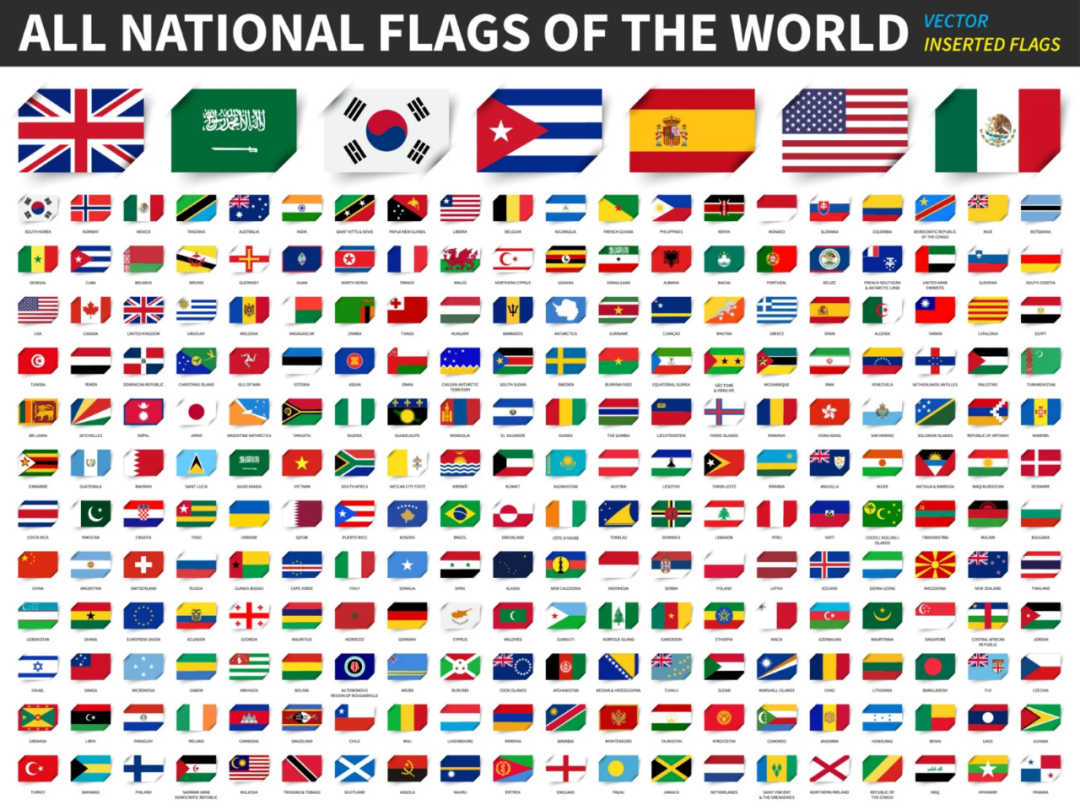
Generally speaking, the reason why a nation likes a color and dislikes a color is closely related to culture. For example: we in China like red, we pay attention to prosperity, everything will be fine; but we don't like white. In ancient times, people always associated white with funerals.
However, purple is not an unlucky color in Chinese culture. On the contrary, purple represents dignity in traditional culture . For example, ancient warlocks called people with the appearance of emperors Ziwei Xingjun down to earth; Taoist emperors were called purple Emperor; the medicine of immortality is called Zijindan; good luck is called Ziqi Donglai; in the Ming and Qing Dynasties, the place where the emperor lived was called the Forbidden City. Purple symbolizes nobility not only in China, but also in Western countries. In ancient Rome, only the royal family could wear purple, and executives and ministers could only decorate some purple on the fringe. If they exceeded the area, they would be executed. In Catholicism, only bishops can wear purple, and cardinals wear the next-level vermilion. In 383, the Roman Empire even promulgated an edict prohibiting people from preparing purple dyeing without permission, and named the purple "Imperial Purple".
Origin of purple dye
The main reason why modern countries really don't use purple as a flag color is also simple: purple dye was invented too late, and the flag was basically finalized by the time humans could mass-produce purple. In the early days, purple cloth was really expensive, and for many countries, it was really a luxury. Therefore, purple is often called Royal Purple in English, which is evident.
Many people find it incredible that children's toys are now purple. Isn't it easy to make purple as a country? But if you go back 300 years, back in the 1800s, purple dye was more expensive than an equivalent weight of gold.
Purple, since then, is equated with kingship and national financial resources. Historically, it was banned by Elizabeth I. No one except the royal family may wear purple, whose privileged status stems from its rarity and the amount of dye required to make the color.
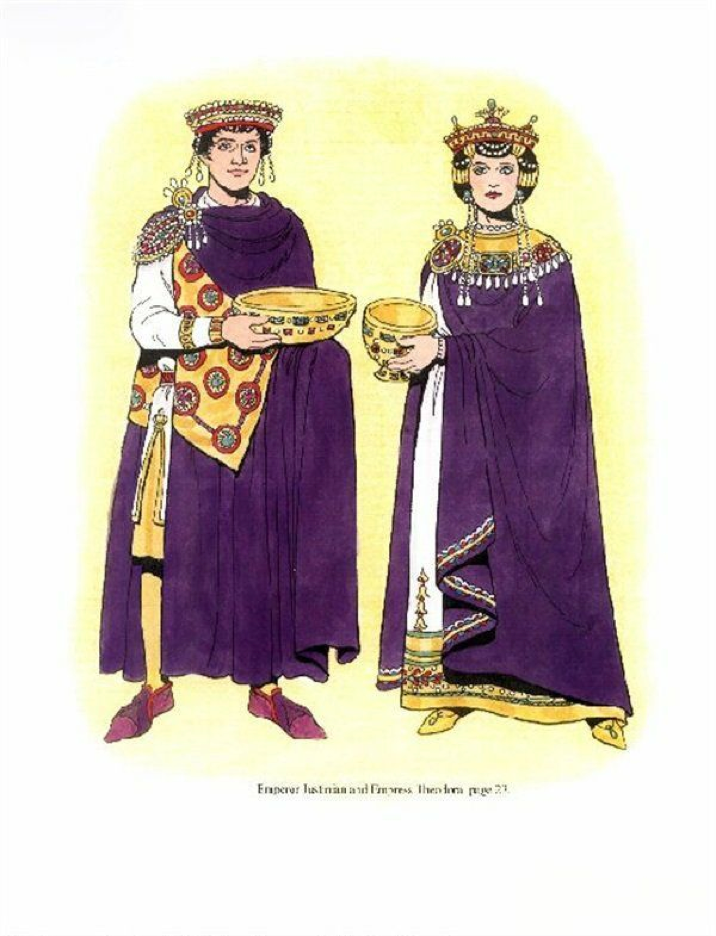
The dye to make purple originally came from Tyre, the trading capital of Phoenicia. The city is in what is now Lebanon. Dye traders extract dye from tiny sea snails. This dye exists only in the waters of the city of Tyre on the Mediterranean coast. Not only is the extraction process complicated, but it takes more than 10,000 snails to extract 1 gram of dye, open their shells, and extract the mucus from their glands. When this slime is exposed to sunlight, something magical happens: first the slime turns white, then yellow-green, then red, and finally a deep purple. This purple is also called "Tyrian Purple" by later generations. As you can imagine, how much does it cost to make a purple dress? It follows that only wealthy rulers could afford and wear this color.
Sometimes purple is too precious even for the royal family. In the 3rd century King III of the Roman Empire forbade his wives to buy purple shawls. Because making a shawl takes three times as long as making the same weight of gold. A small pound of purple dye can buy three pounds of gold, which is the equivalent of $65,000 today!
Because purple is so expensive, no country is rich enough to include purple in its flag.
It was not until 1856 that William Henry Perkin, a British chemist, wanted to make synthetic quinine that could treat malaria, but accidentally discovered the first aniline dye, aniline violet , which he also used at that time. Invented and established dye factories to earn a lot of wealth. This makes purple slowly enter our lives, and purple is no longer a privilege, nor a status symbol. If this invention was discovered two centuries earlier, due to the traditional noble impression of purple in Europe, it should have appeared on the coat of arms, flags and coats of arms of many royal families, thus occupying some share of the flags of later sovereign countries, but the fact is It was invented too late.
The nineteenth century to World War II was a period when the country was considered sacred and had the ontological status of legal philosophy. The national flag was a direct symbol of this sacred body, and it was not a good time to modify the national flag.
Which country in the world has purple on its flag today?
The national flag is a symbolic flag of a country and a symbol of the country. It reflects a country's political characteristics and historical and cultural traditions through certain styles, colors and patterns. Generally, the national flag of another country is not allowed to be hoisted at will on the territory of a sovereign state. The colors of national flags in the world are mainly red, white, green, blue, yellow, black, etc. These colors have certain meanings, and most of them are rectangular in shape. Blue symbolizing freedom, red symbolizing bravery, and white symbolizing peace are more popular, while desert regions such as the Middle East and Africa prefer green.

It would be imprecise to say that there is absolutely no purple flag. There are two countries in the world with a little purple on their flags: Nicaragua and the Dominican Republic.
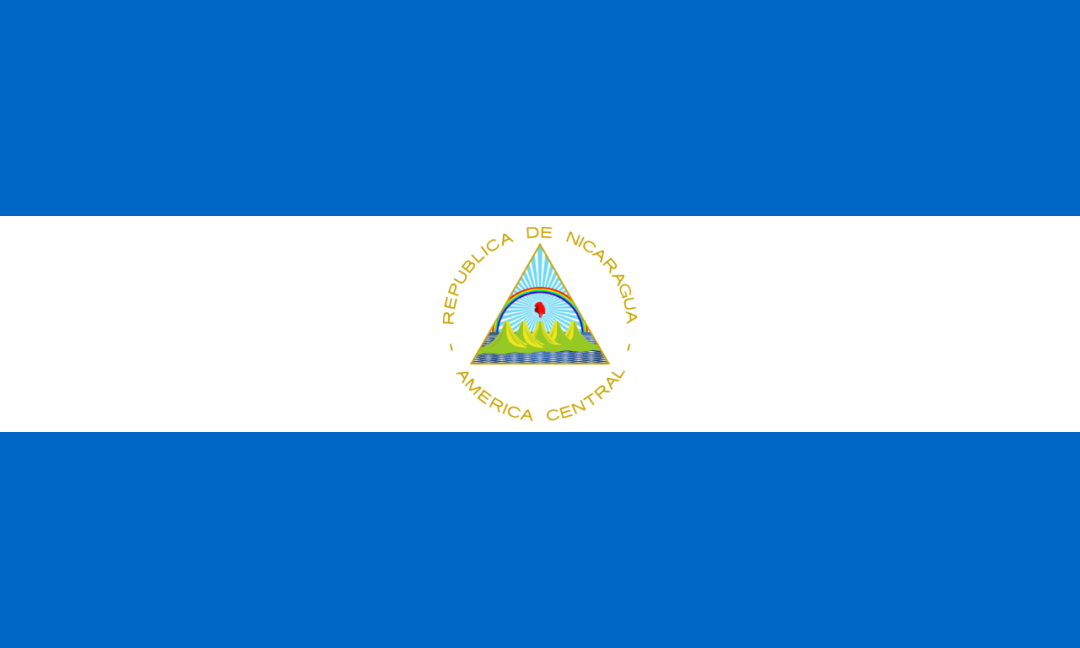
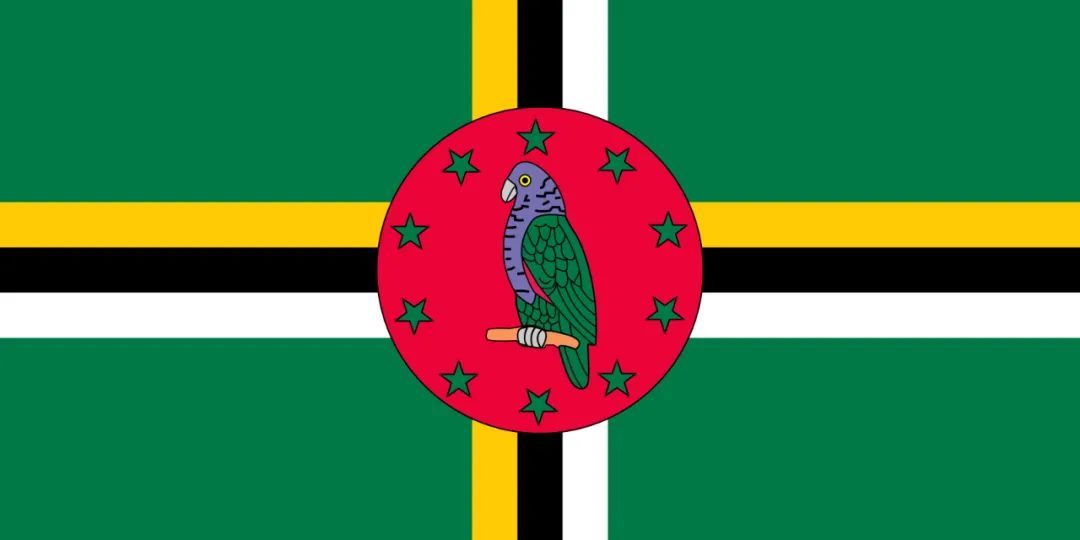
After World War II, there were many more purple flags, although they were not national flags—because the newly established state powers at this time were often willing to express a meaning of "revolutionary blood" or "their national characteristics". As we all know, revolutionary blood can only be expressed in red, and purple, as a new emerging color, is not the traditional color of any nation. Therefore, this pioneer color is mainly used in the city flag, team flag, association logo and other elements, because they have no national traditional obsession worth pursuing.
For example, the capital flag of Tokyo:
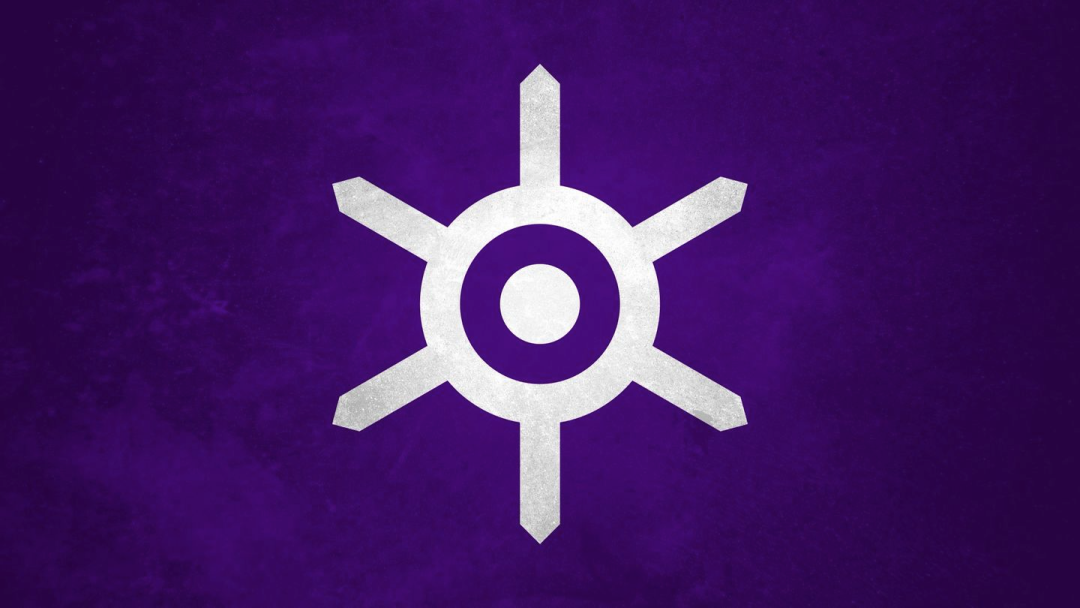
And the flag of the Spanish inland city of Córdoba:
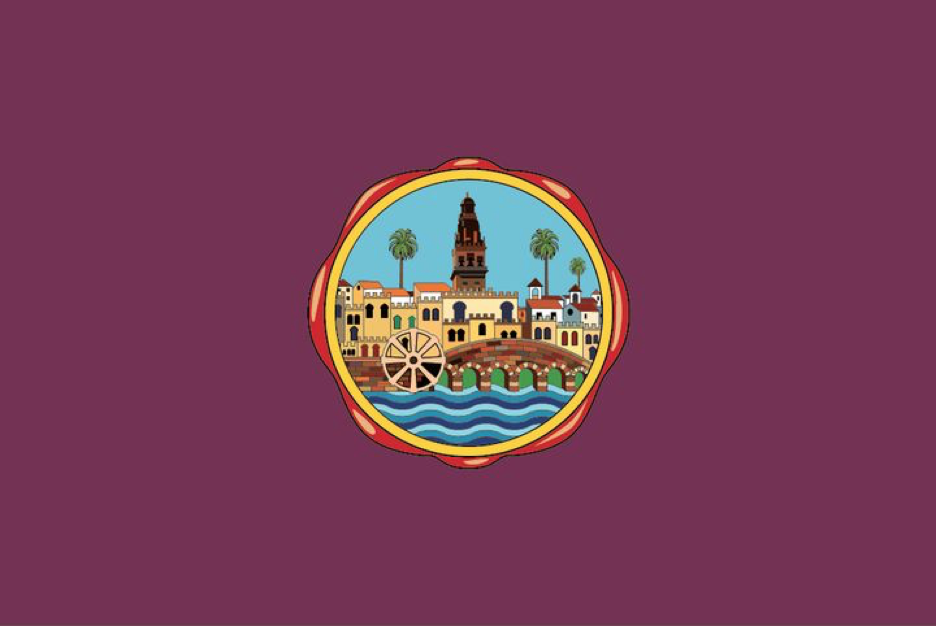
The flag of the Armenian Church is also purple, but the exact time when the color of this flag was determined is unknown:
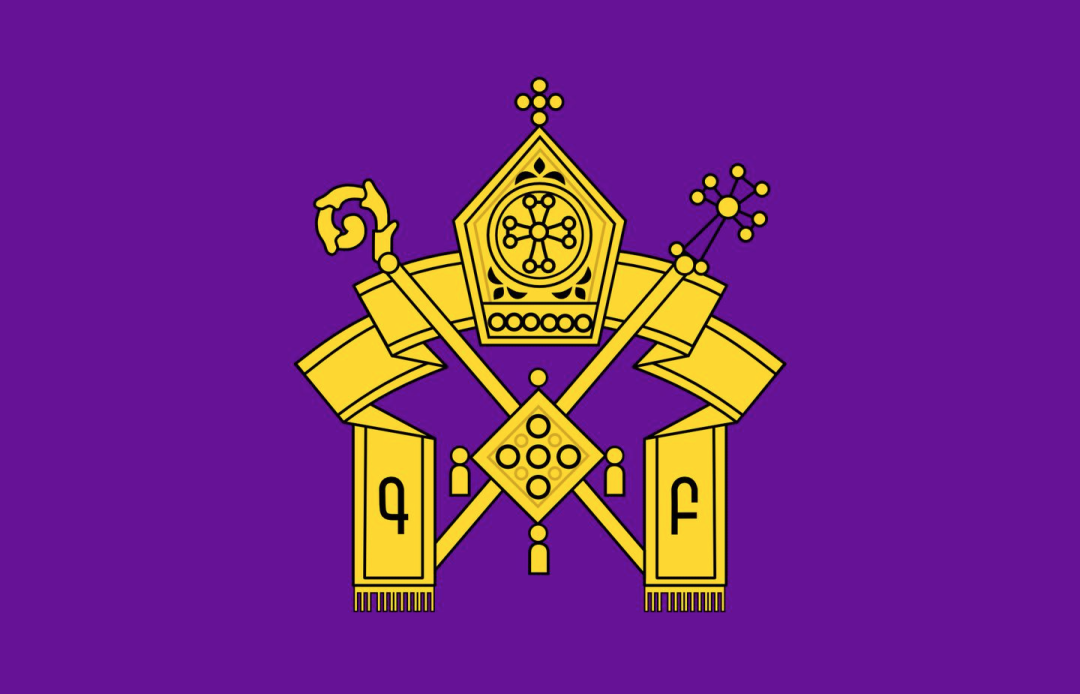
The only one in history that appears as a "flag" and uses purple as an element is the Second Republic of Spain, where purple represents Castile and Leon, and red and yellow represent Aragon. The Second Republic was short-lived and was quickly overthrown by Franco, resulting in the flag's lack of strict sovereignty symbolism.
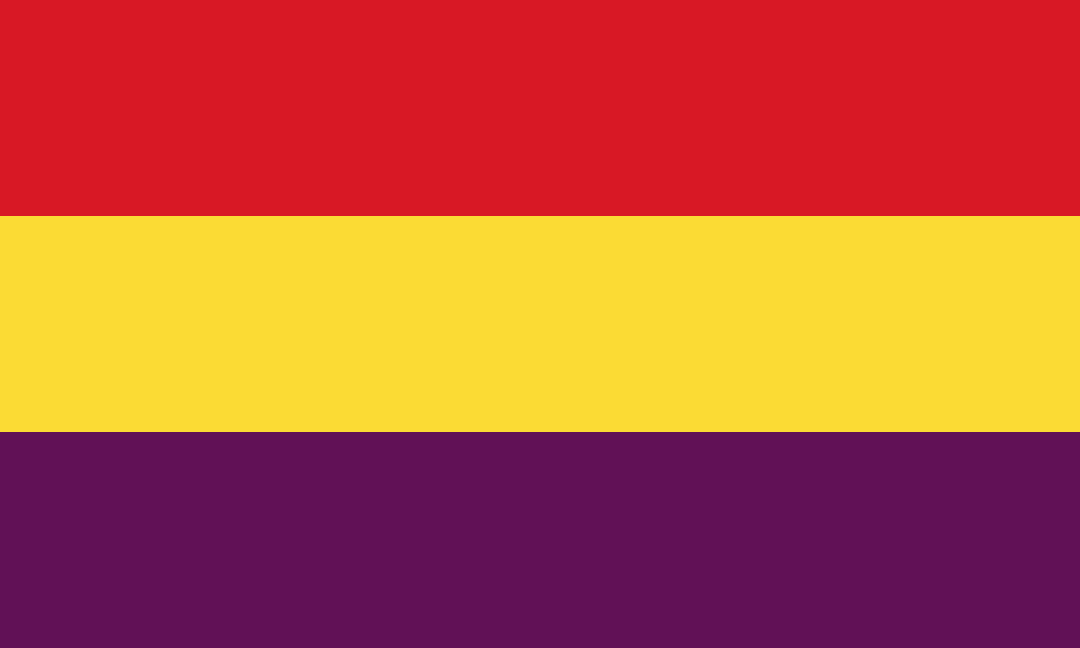
References
- Why is there no purple flag? Why is purple rarely used in flags?
- Why are no flags purple?
- Why isn't the flag purple? Don't ask, ask is poor
- Why are there almost no purples in the flags of the world?
- The flags of 196 countries around the world are not purple? I really want to expose the evil deeds of mankind


Like my work?
Don't forget to support or like, so I know you are with me..
Comment…